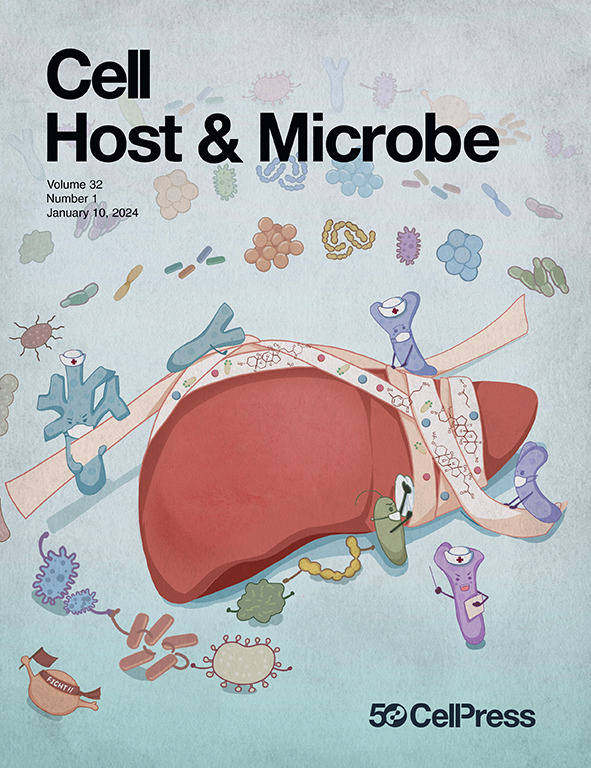深度学习有助于对抗抗生素耐药性
IF 18.7
1区 医学
Q1 MICROBIOLOGY
引用次数: 0
摘要
在最近发表在Cell上的一篇论文中,Krishnan等人提出了一种生成式深度学习平台,该平台将基于图神经网络(GNN)的片段筛选与从头分子设计相结合,以鉴定NG1和DN1这两种具有抗多药耐药淋病奈瑟菌和耐甲氧西林金黄色葡萄球菌体内活性的前导化合物。本文章由计算机程序翻译,如有差异,请以英文原文为准。
Deep learning helps fight against antibiotic resistance
In a recent paper published in Cell, Krishnan et al. present a generative deep learning platform that combines graph neural network (GNN)-based fragment screening with de novo molecular design to identify NG1 and DN1, two lead compounds with potent in vivo activity against multidrug-resistant N. gonorrhoeae and methicillin-resistant Staphylococcus aureus.
求助全文
通过发布文献求助,成功后即可免费获取论文全文。
去求助
来源期刊

Cell host & microbe
生物-微生物学
CiteScore
45.10
自引率
1.70%
发文量
201
审稿时长
4-8 weeks
期刊介绍:
Cell Host & Microbe is a scientific journal that was launched in March 2007. The journal aims to provide a platform for scientists to exchange ideas and concepts related to the study of microbes and their interaction with host organisms at a molecular, cellular, and immune level. It publishes novel findings on a wide range of microorganisms including bacteria, fungi, parasites, and viruses. The journal focuses on the interface between the microbe and its host, whether the host is a vertebrate, invertebrate, or plant, and whether the microbe is pathogenic, non-pathogenic, or commensal. The integrated study of microbes and their interactions with each other, their host, and the cellular environment they inhabit is a unifying theme of the journal. The published work in Cell Host & Microbe is expected to be of exceptional significance within its field and also of interest to researchers in other areas. In addition to primary research articles, the journal features expert analysis, commentary, and reviews on current topics of interest in the field.
 求助内容:
求助内容: 应助结果提醒方式:
应助结果提醒方式:


